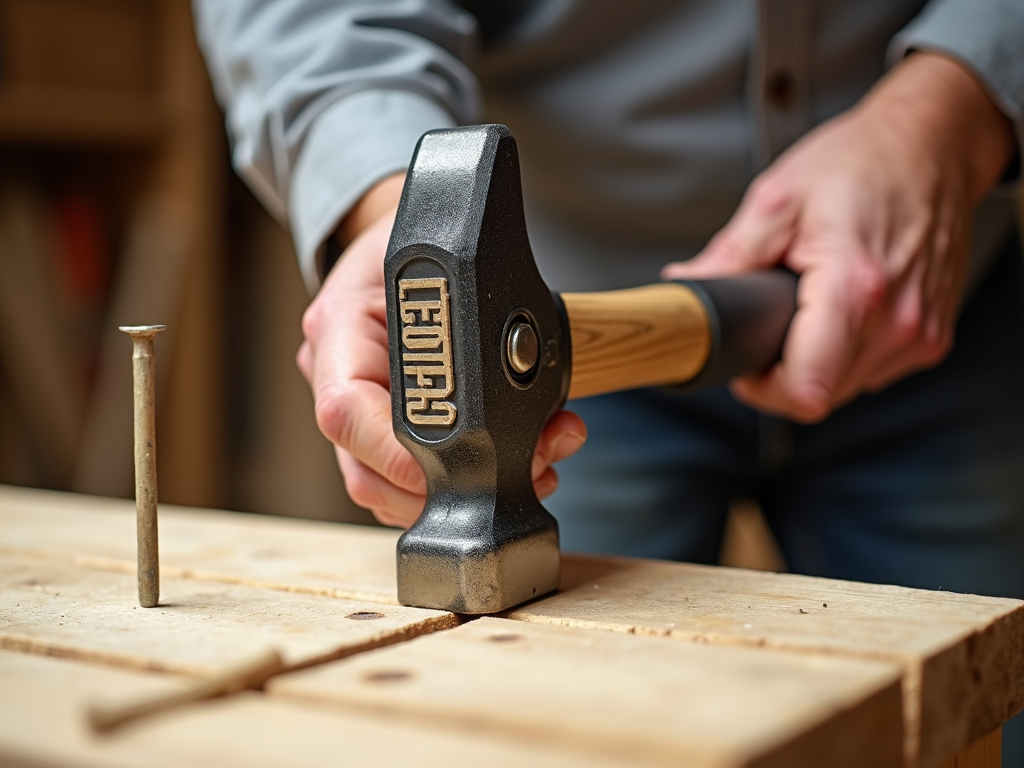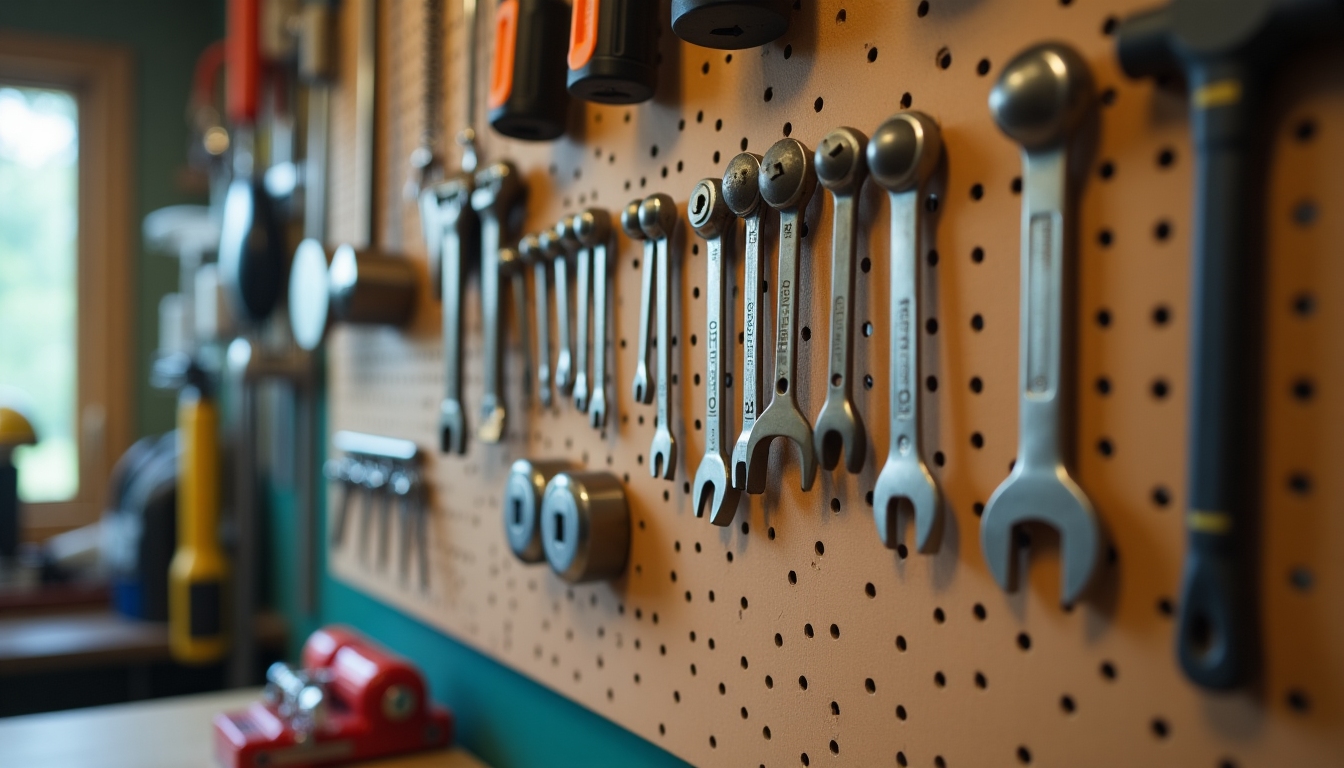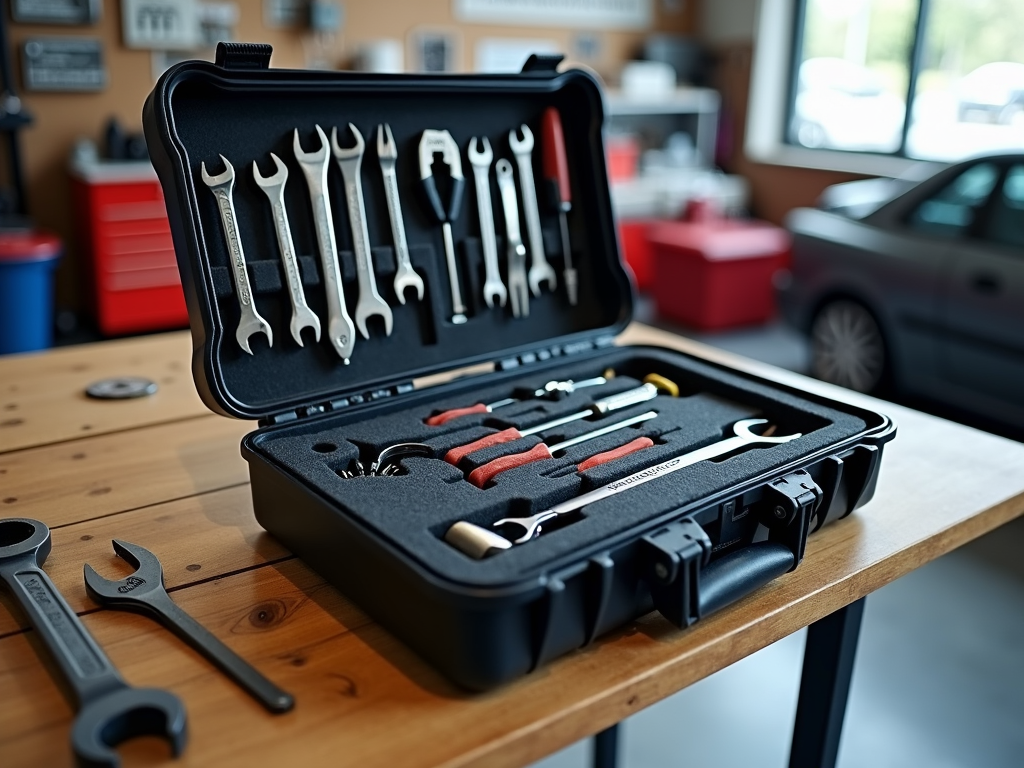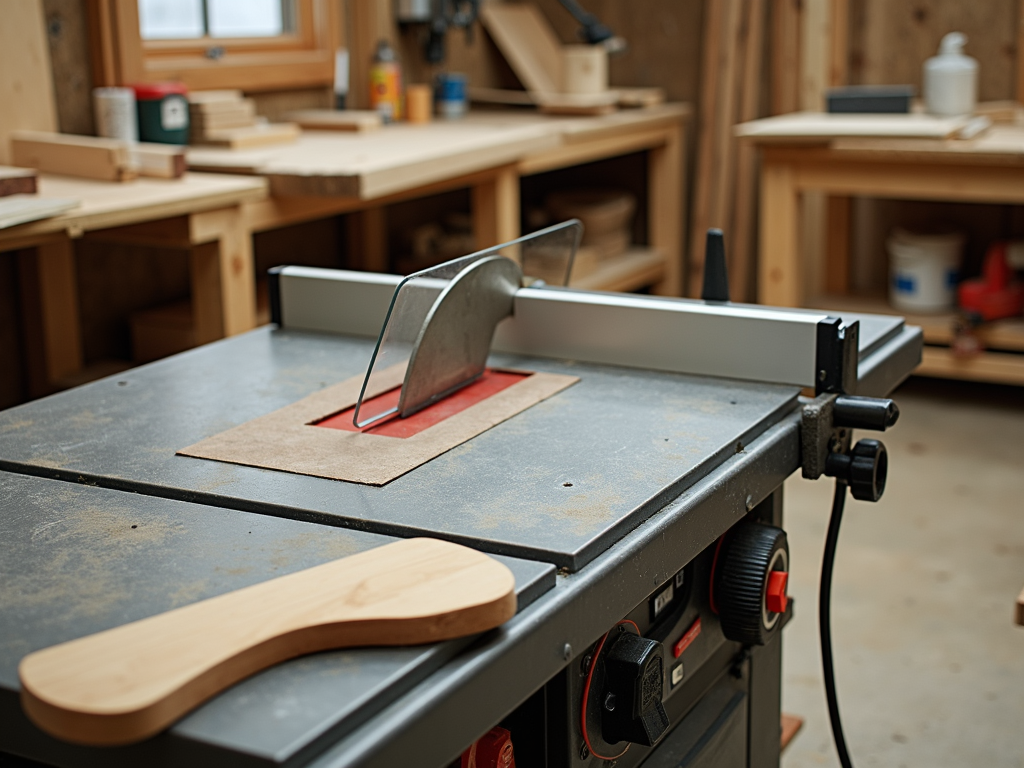Overview
Hand tools are the backbone of any workshop or DIY project. From hammers and screwdrivers to pliers and wrenches, these tools are essential for a wide range of tasks. In this ultimate guide, we'll explore the world of hand tools, covering everything from their history and types to maintenance tips and safety precautions. Whether you're a seasoned professional or a beginner, this guide will help you understand and appreciate the value of hand tools.
History of Hand Tools
Hand tools have been around for thousands of years, evolving from simple stone implements to the sophisticated tools we use today. The earliest tools were likely used for hunting and gathering, but as civilizations developed, so did the complexity and variety of tools. The Industrial Revolution marked a significant turning point, introducing mass production and new materials that made tools more accessible and efficient.
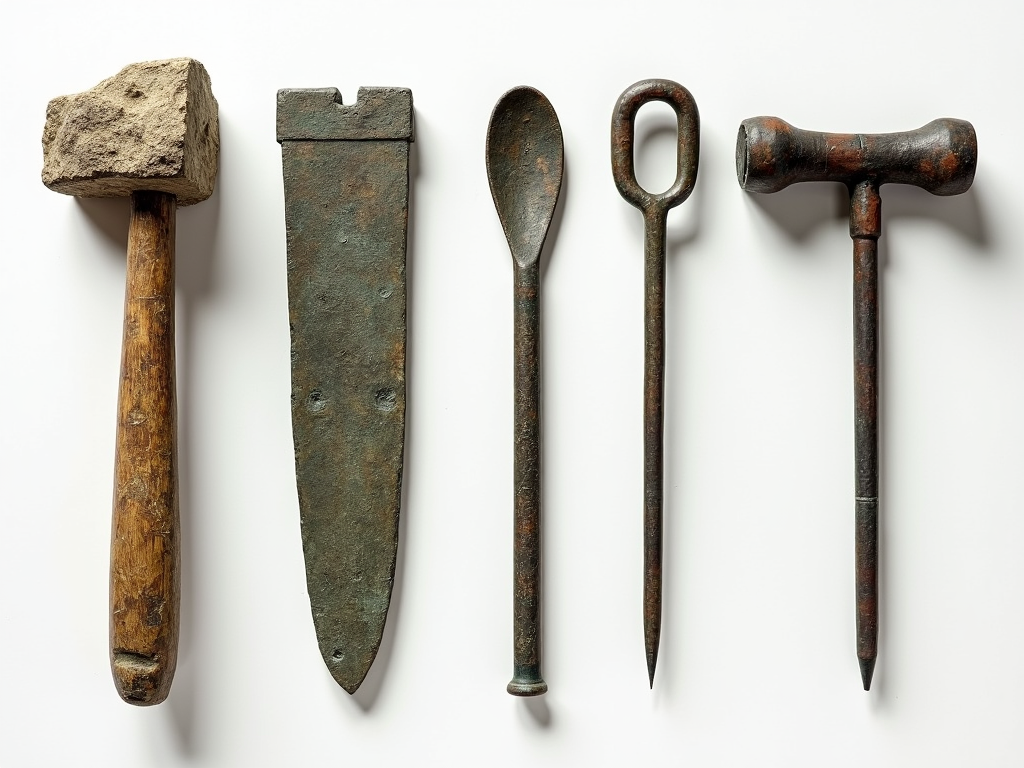
Types of Hand Tools
Hand tools can be categorized into several groups based on their function:
- Cutting Tools: These include saws, knives, and shears, used for cutting through various materials.
- Striking Tools: Hammers, mallets, and sledges are used for driving nails, breaking objects, or shaping metal.
- Measuring Tools: Rulers, tape measures, and levels help ensure accuracy in projects.
- Fastening Tools: Screwdrivers, wrenches, and pliers are essential for assembling and disassembling objects.
- Digging Tools: Shovels, spades, and trowels are used for gardening and construction.
Each type of tool has its own set of variations and specialized uses, making it crucial to choose the right tool for the job.
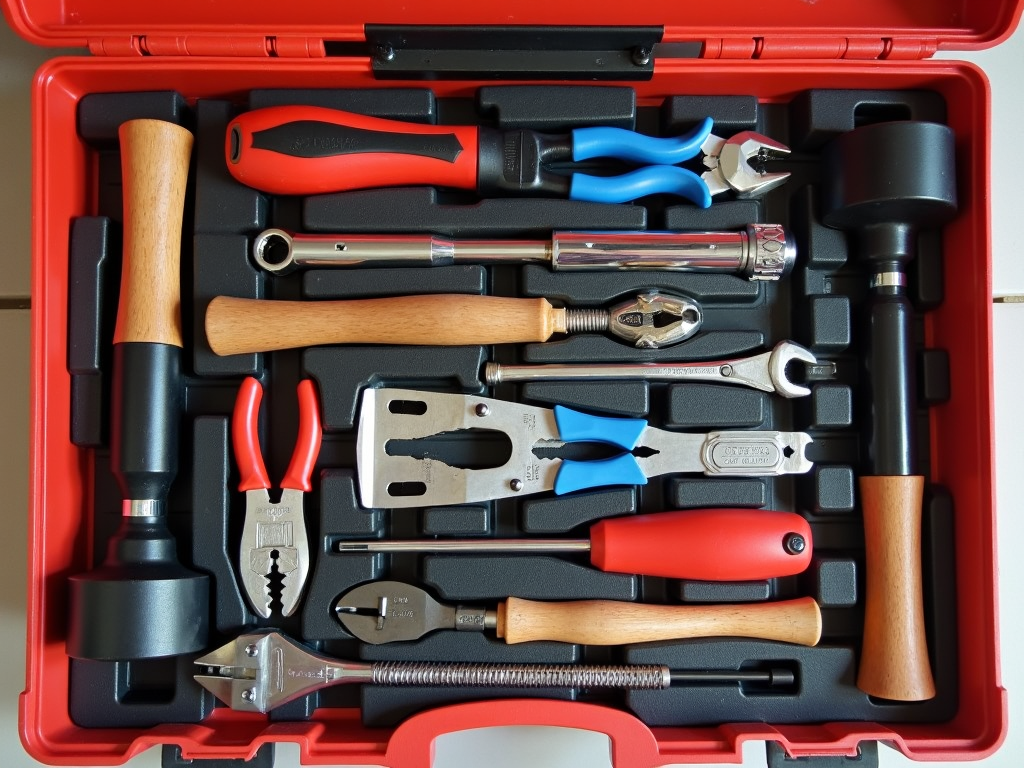
Choosing the Right Tool for the Job
Selecting the appropriate tool is key to completing a task efficiently and safely. For example, using a flathead screwdriver on a Phillips screw can damage both the screw and the tool. Similarly, using a hammer that's too heavy can lead to fatigue and decreased accuracy. Always consider the material you're working with, the size of the task, and your own comfort and skill level when choosing a tool.
Tool Maintenance and Care
Proper maintenance is essential for prolonging the life of your hand tools. Here are some tips:
- Cleaning: Wipe tools clean after each use to prevent rust and corrosion.
- Sharpening: Keep cutting tools sharp for better performance and safety.
- Storage: Store tools in a dry, organized space to prevent damage and make them easy to find.
Regular maintenance not only extends the life of your tools but also ensures they perform at their best.
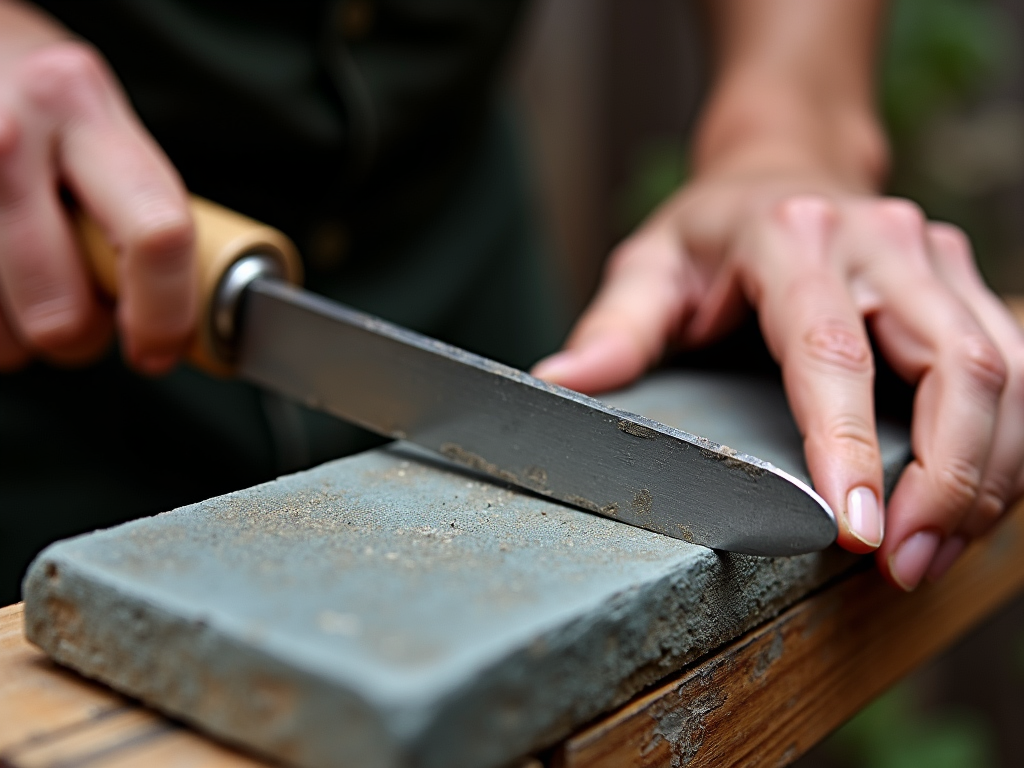
Safety Precautions
Safety should always be a top priority when using hand tools. Here are some key precautions:
- Wear appropriate protective gear, such as gloves and safety glasses.
- Use tools only for their intended purpose to avoid accidents.
- Keep tools in good condition to prevent malfunctions.
- Be mindful of your surroundings and avoid distractions while working.
By following these safety tips, you can minimize the risk of injury and ensure a safe working environment.
Tool Organization and Storage
Keeping your tools organized is crucial for efficiency and safety. A well-organized workspace allows you to find the right tool quickly and reduces the risk of accidents. Tool belts are a popular choice for keeping tools within reach, especially for professionals who need to move around frequently. Tool belts with ergonomic designs are particularly beneficial, as they distribute weight evenly and reduce strain on the body. Look for belts with adjustable straps and multiple pockets to accommodate different tools and personal preferences.

Advanced Tips and Tricks
For those looking to take their hand tool skills to the next level, here are some advanced tips:
- Learn to use a chisel properly for precise woodworking.
- Master the art of measuring and marking for accurate cuts and assemblies.
- Experiment with different grips and techniques to find what works best for you.
Practice and patience are key to becoming proficient with hand tools.
Summary
Hand tools are an essential part of any toolkit, offering versatility and reliability for a wide range of tasks. By understanding their history, types, and proper use, you can make the most of these tools in your projects. Remember to prioritize safety, maintain your tools regularly, and keep them organized for maximum efficiency.
Related The Ultimate Guide to Hand Tools:
- How to Choose the Best Power Tools for Your Needs
- Ergonomic Hand Tools for Reduced Strain: A Comprehensive Guide
- Organizing Your Workshop: Maximizing Space and Efficiency
- Choosing the Best Power Tools for Home Projects: A Comprehensive Guide
- Advanced Safety Techniques for Experienced Metalworkers
- Innovative Workman Tools in 2024: A Game Changer for Workshops
- Tool Maintenance Tips for Mechanics: Keeping Your Tools in Top Shape
- How to Organize Your Tool Collection for Maximum Efficiency
- Safety First: Essential Gear for Workman Tool Users
- Mastering Complex Projects: A Guide to Advanced Workman Tools
- The Future of Woodworking Tools: Safety and Innovation
- 5 Common Mistakes with Power Tools and How to Avoid Them

